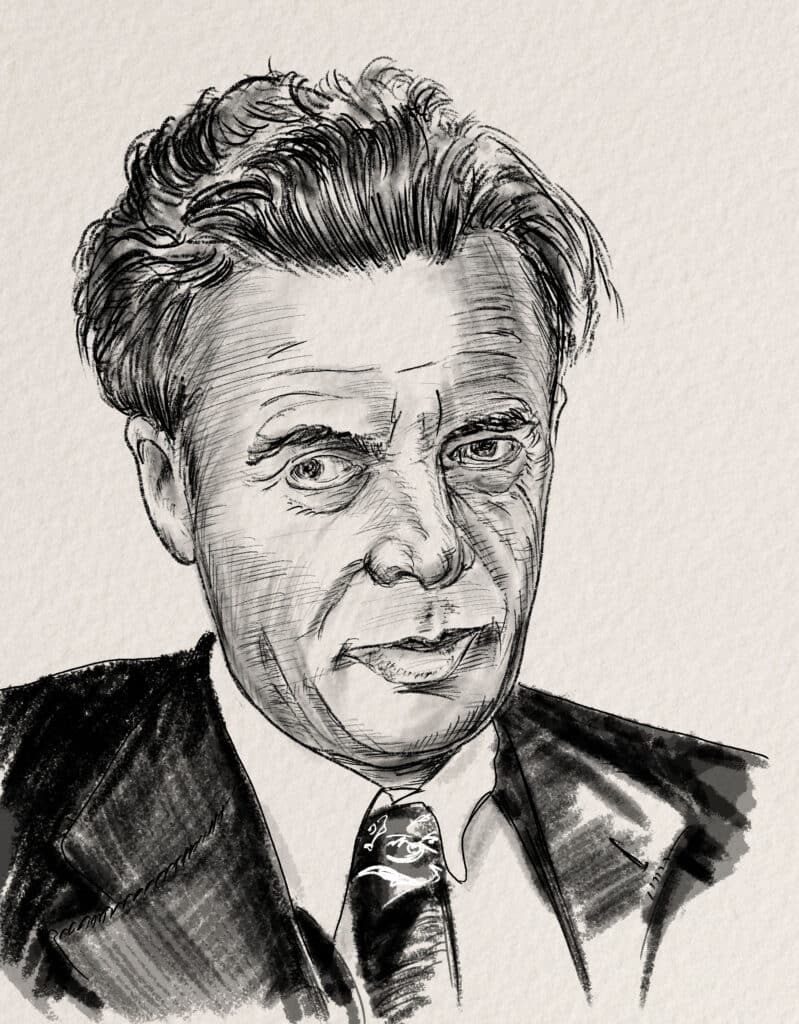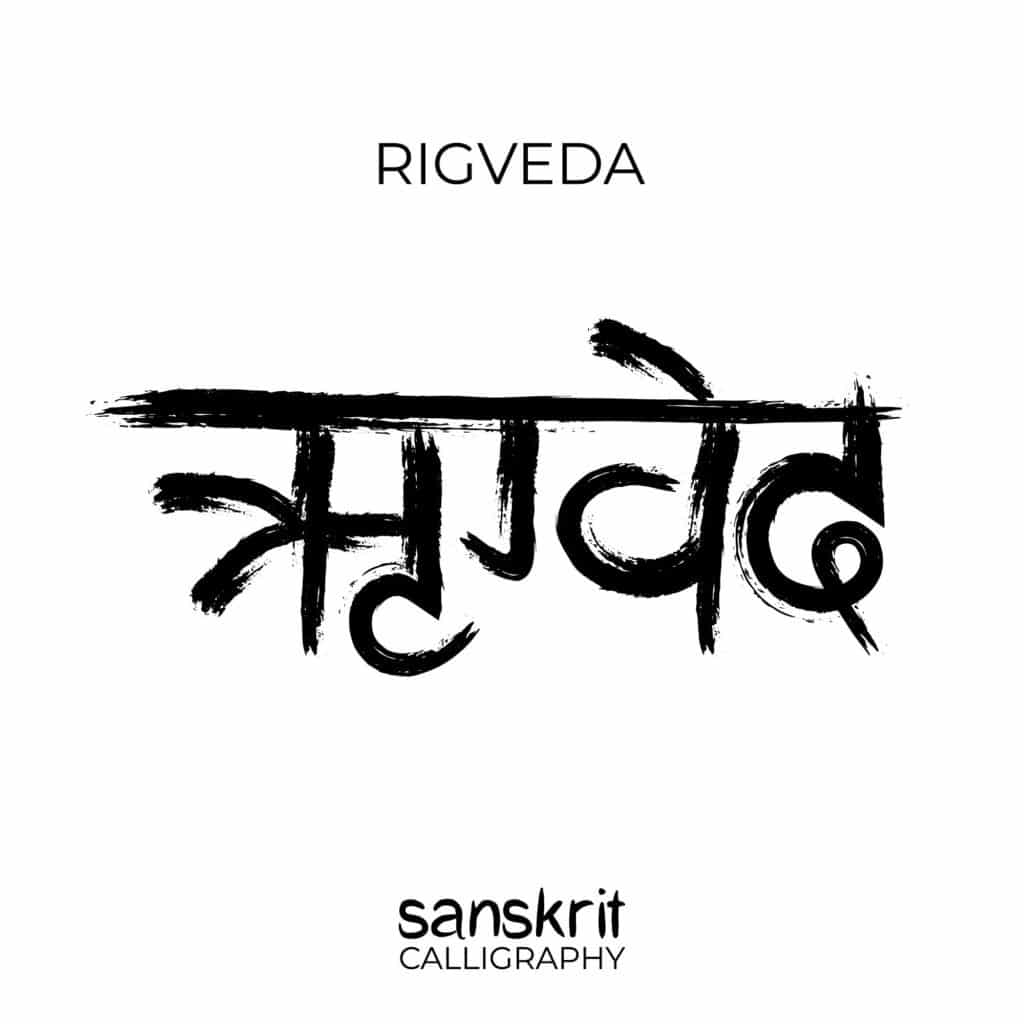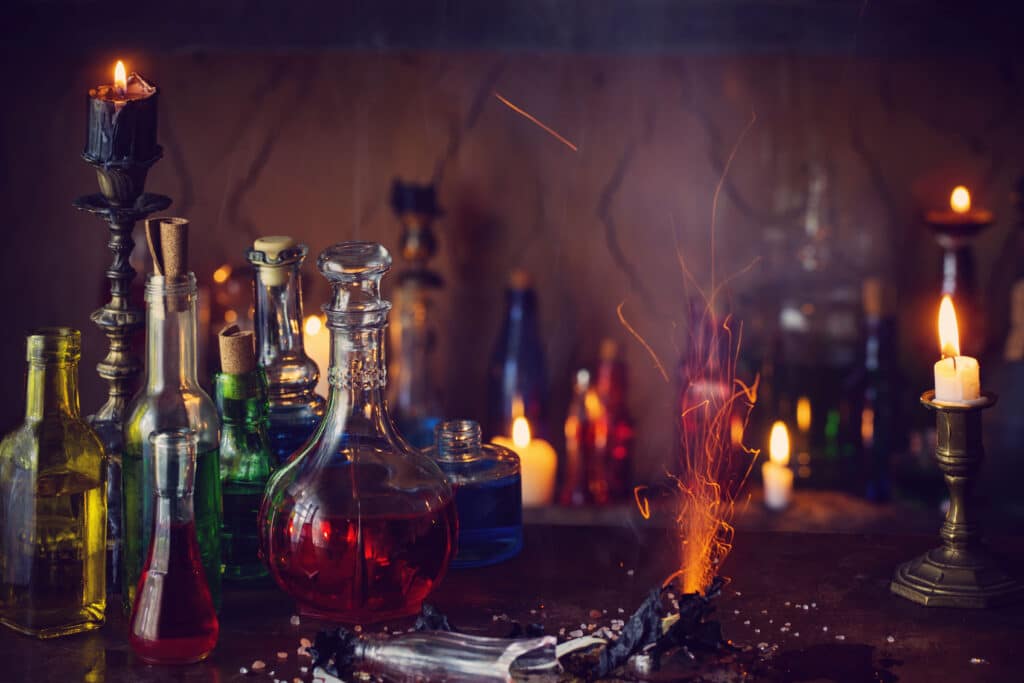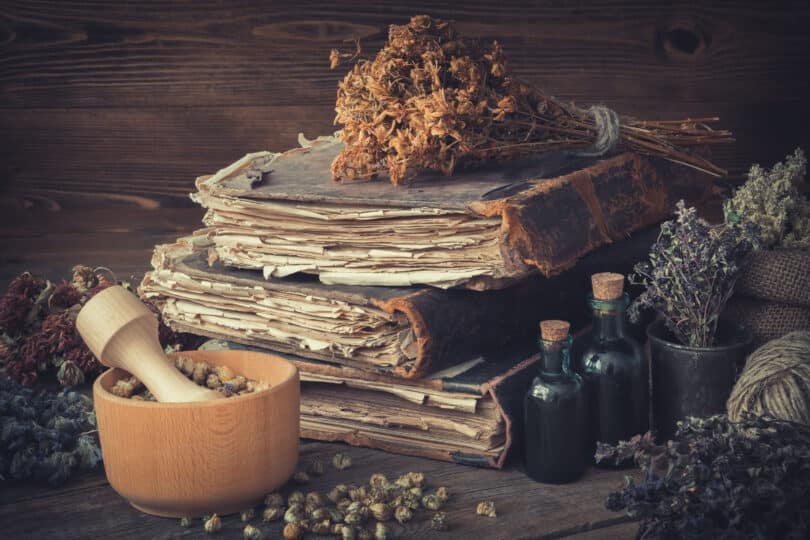The name ‘soma’ comes up in different places in the drug world. There is a pharmaceutical sold under that name, but that’s a newer thing. The real question of what it is, comes from ancient India… and comes up again because of the book Brave New World. What drug is described in that book, what was used in ancient India, and are the two the same thing?
The soma from Brave New World
If you’re a fan of dystopian literature, Brave New World is for you. It’s a futuristic book about a time when life is so well regimented, that people are grown in laboratories, and set with an intelligence level before ‘birth’. Once born, all levels are taught to appreciate what they are, with just a few left to govern the society. Everyone has their place, and no one is meant to ever question it.
Getting into all the points of the book is unnecessary here, so I’ll just say, if you’re into philosophical writings about culture, and the future, you should check out Aldous Huxley’s book. It was published way back in 1932, and is still widely read today. The bigger point for this article has to do with a drug constantly mentioned in the book, but for which we have no comparable offering in today’s drug market. And, for which we can’t be sure what was intended.
The drug isn’t treated like we treat drugs in most societies of today. It’s not illegal, and its use isn’t punished. Quite the opposite. It’s given out to the people, and encouraged. Seemingly as a way to keep the population happy and relaxed. It’s promoted by governing bodies, used at will by the people, and seems to come with no downside like a hangover.

It’s described as a downer/psychedelic sort of drug in that it does seem to relax people in the book. In a way, its sort of written about as the ultimate high. A way to escape regular life for hours to days at a time, depending on dose. It’s described as causing a sort of ‘trip’ in which the user is disengaged from the world around them at high doses. It’s the ultimate escape, and used frequently in the book for this purpose. Its spoken of like this:
“..there is always soma, delicious soma, half a gramme for a half-holiday, a gramme for a week-end, two grammes for a trip to the gorgeous East, three for a dark eternity on the moon…”
“Swallowing half an hour before closing time, that second dose of soma had raised a quite impenetrable wall between the actual universe and their minds.”
“By this time the soma had begun to work. Eyes shone, cheeks were flushed, the inner light of universal benevolence broke out on every face in happy, friendly smiles. Even Bernard felt himself a little melted.”
What is soma in our world?
We don’t know for sure what Huxley was writing about when he introduced soma in his book. The only soma of modern day is a pharmaceutical product called carisoprodol, which is marketed under the name soma, along with other names. It’s a drug used to treat musculoskeletal pain, and an apparent agonist at NMDA receptors. Though it can lead to some euphoria, this drug wasn’t made until the late 1950’s. It’s not the soma from the book.
But soma existed prior to the book. In ancient Indian culture, going back as far (or possibly farther) than 1500 BCE, soma was a drink used in a religious/spiritual context. It’s mentioned in different ancient texts like Rigveda (the oldest sacred text of Hinduism), and Atharva Veda (sacred text of hymns and incantations). In such texts, the drink is directly related to the juice of a plant, although it is unclear which plant is spoken of. In fact, it’s a quite debated point, as the name of the plant, and the drink that comes from it, are not the same.

Plus, its often written as if there is more than one plant option for soma. This could mean different plants, a mixture of plants, or different strains of a particular plant (ie strains of marijuana). The Atharva Veda mentions five plants of which soma is the best. Ayurvedic doctor, Sushrut, talks of 24. In Rigveda its spoken of the way some speak of god today; existing everywhere in some capacity.
As per the last thought, some texts indicate that the word ‘soma’ might have been a coverall for a lot of intoxicating agents. In the Soma Mandala, its explained that the plant used was pressed, and then the juice strained and mixed with milk or water, and stored. It’s described often, as having a stalk, and the drink was associated with immortality. This could relate to many different mind-altering substances.
Today there is still a practice in India that involves this drink; and the plant used is Cynanchum acidum. Whether that’s the plant associated with soma back in the day, however, is hard to say. There are several theories about what soma actually is, and in truth, we might never have more than theories. While Huxley may have based the drug in the book off the Indian ritualistic drink, this doesn’t help us understand what the ritualistic drink was, or if what it was, is still what it is, today. The assumption however, is that Huxley based his fictional soma, off the ritualistic soma used in Vedic and Zoroastrian history.
Possibilities of soma
One of the things fought over by researchers, is what exactly the drink did. It’s not like old religious texts were written with the thought of us today; and unlike today, wherein you can find sources describing every aspect of a drug, that didn’t exist back then. Drugs were mentioned in poems, songs, and sacred texts, but there wasn’t a Wikipedia for them.
The drink is associated with some amount of exhilaration, and with promoting awareness and alertness. It’s also associated with immortality, which implies, perhaps, it made people feel invisible or strong. It is described as intoxicating, but we know from the drug world of today, that that can mean different things. It seemed to cause some amount of a trip, and mild alteration. It may, or may not, have caused hallucinations. It seems to be associated with a feeling of euphoria. None of this is confirmed, though.
Ephedra – One option is that soma was a type of ephedra, a plant with stimulant properties. This would explain the increase in alertness, and feelings of power and immortality. In the late 19th century, the Zoroastrians of Yazd, in Iran, used ephedra. Soma is not just from Vedic culture, but is also a part of Iranian history, instead called ‘haoma.’ As ephedra is common to Afghanistan and India, and was used by the Persians, its quite possible it was the main ingredient of soma. However, it likely wouldn’t be the only thing, as it doesn’t technically meet the description of ancient texts, like the Rigveda.

Psilocybin mushrooms – It’s not known if the substance(s) spoken about was entheogenic or hallucinogenic. As the effects sound possibly psychedelic in nature, its thought that soma could have been a kind of psilocybin mushroom. Psychedelics tend to have a minor stimulation effect, which could account for the alertness; although psychedelics would likely dampen realistic awareness. It is unclear how much the drink altered reality for those who used it.
Amanita mucaria mushrooms – These mushrooms are another possibility. They’re more associated with making a person tired, but produce a mind-altering trip that does sound similar to the high produced by soma. Even more than the real soma, it sounds like these mushrooms might be what Huxley based (or partially based) his drug on. However, the idea that it’s also associated with sleep, might contradict this. Huxley’s drug sounds close to today’s benzodiazapine, which have similar effects to Amanita mushrooms.
Plenty of other plants are brought up in this debate. These include, Papaver somniferum (opium poppy), marijuana, Saccharum cylindricum, Saussurea lappa, and the Ashvattha fig tree, among others. Often we think of these things in terms of the plants we know, that are available today, and that are currently in a particular region. Truth is, things change over time, and what’s popular in one place, might not be heard of in another. We’ll probably always debate what soma is, and barring the ability to travel back in time to ancient cultures, we’ll have to live with that.
Conclusion
Soma sounds like the perfect drug in Brave New World. And though it seems Huxley never explained his basis for the drug; its generally assumed that the fictional drug is based on the soma of ancient Indian tradition. What exactly that was, or if it was an umbrella term for psychoactive drugs in general, we just don’t know. We probably won’t ever know. Nor will we ever have a drug as cool sounding, as the drug from Brave New World.
Welcome readers! Thanks for joining in at Cannadelics.com; an independent rag here to bring you the lowdown on the growing cannabis and hallucinogen spaces. We’ve got the updates, so come by daily. And subscribe to the Cannadelics Weekly Newsletter, for awesome product promotions, along with the news.









